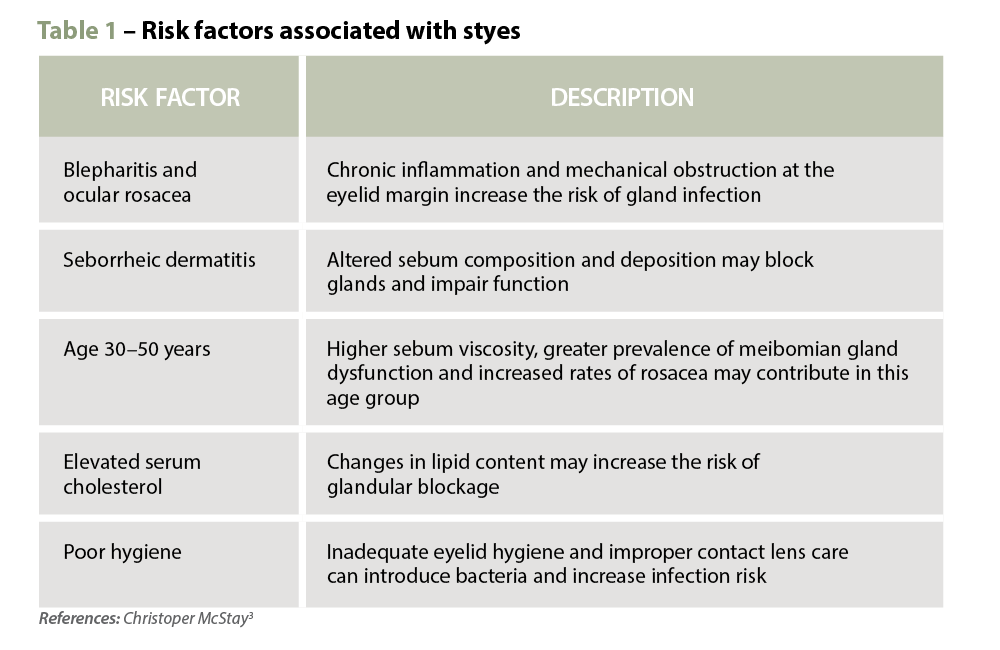As the pharmacy profession continues to evolve, pharmacists across Australia are confronting a series of complex challenges that are reshaping both roles and services.
From expanding scopes of practice and declining vaccination rates to digital transformation, workforce wellbeing and the growing burden of chronic disease – staying informed and proactive is essential.
With PSA25 around the corner, Australian Pharmacist explores how pharmacists can best soak up insights and knowledge as PSA’s national conference to manage these challenges going forward.
1. Expanding scope of practice and services
Pharmacy roles are continuing to develop beyond dispensing to include services such as vaccinations, prescribing and point‑of‑care testing. And some states and territories are more ahead of the curve than others. For example, on 1 July 2025, the Queensland pharmacy prescribing pilots became permanent. And earlier this year, South Australia recently became the first jurisdiction to authorise pharmacists to administer all vaccines to all patients.
These changes require pharmacists to adapt to new prescribing and regulatory models, pursue appropriate training and maintain quality of care. Yet without national uniformity, this can be a challenging pursuit.
The following PSA25 sessions can help you to navigate these changes, understand the rules and regulations, and develop your own scope of practice pathway:
|
2. Addressing falling vaccination rates
Vaccination rates in Australia are on a steady decline. Since the COVID-19 pandemic, childhood and adolescent vaccination rates have fallen annually. And the vaccination rates in older Australians are dismal. Only 7.2% of Australians aged 65 and over have received an influenza vaccination. In the past 12 months, just 37.7% of those aged 75 and over have had a COVID-19 vaccine.
Other vulnerable groups with concerning vaccination rates include pregnant women and Aboriginal and Torres Strait Islander peoples.
| As an indispensable vaccination workforce that provides accessible and affordable immunisation services, pharmacists are essential to reversing this downward trend – with help from these PSA25 sessions: |
3. Harnessing digital health, technology and innovation
Digital technologies and automation are having a profound impact on the way pharmacists practice now – and into the future.
The adoption of digital tools, such as electronic prescribing, automated dispensing systems and digital health records – has enhanced patient safety, reduced medicine errors and improved workflow efficiency. These advancements enable safer medicine use and provide pharmacists with real-time information to support clinical decisions – contributing to better health outcomes for patients.
At the same time, digital transformation can be overwhelming, with barriers to technology adoption including limited time and resources to implement new digital systems alongside clinical duties.
Then there’s AI to consider, which is on the precipice of significantly transforming the healthcare sector.
| Attending the following PSA25 can help ensure you’re up to speed with digital transformation: |
4. Supporting workforce wellbeing and mental health
It’s been a challenging few years for the pharmacy profession. Sustained workload pressures characterised by unpredictable workflows, insufficient staffing and limited breaks, have contributed to high stress and burnout levels – particularly among early career pharmacists.
Many pharmacists feel under-recognised and underpaid, with remuneration stagnant for over a decade despite increasing responsibilities including medication reconciliation, counselling and increasing pharmacy services.
| These PSA25 sessions can help pharmacists improve wellbeing and streamline workflows: |
5. Reducing the rising incidence of chronic disease
Chronic diseases pose an ever‑increasing challenge to Australia’s health system, with conditions such as diabetes, cardiovascular disease and asthma accounting for a growing share of morbidity, mortality and healthcare expenditure.
Between 2000 and 2021, the number of Australians living with diabetes skyrocketed from 460,000 to 1.3 million – a 2.8‑fold increase.
Asthma prevalence has also edged upward over the past decade. In 2011–12, around 2.3 million Australians (10.2%) reported current asthma; by 2022 that figure was just under 2.8 million (10.8%). This rise has been most prevalent among children, highlighting ongoing environmental triggers and the need for sustained management efforts.
Pharmacists, who triage, counsel and dispense medicines for patients, must keep up to date with the latest evidence and treatment approaches for chronic disease management.
| You can get a leg up by attending the following PSA25 sessions: |
It’s not too late to register to attend PSA25! Take up this opportunity to boost your knowledge and skills to address these interlocking challenges.






 Team PSA 2026: Caroline Diamantis FPS, Prof Mark Naunton MPS and Bridget Totterman MPS[/caption]
Team PSA 2026: Caroline Diamantis FPS, Prof Mark Naunton MPS and Bridget Totterman MPS[/caption]
 A/Prof Fei Sim and Prof Mark Naunton[/caption]
A/Prof Fei Sim and Prof Mark Naunton[/caption]

 Clinical features
Clinical features  Warm compresses are the cornerstone of treatment, helping to soften the lesion, bring pus to the surface and encourage spontaneous drainage. A clean face cloth soaked in warm (not hot) water should be applied to the closed eyelid for 2–5 minutes, twice daily during the active phase. Once the stye begins to drain, any discharge should be gently wiped away using a clean, warm washcloth. After resolution, continuing warm compresses once daily may help prevent recurrence.2
Warm compresses are the cornerstone of treatment, helping to soften the lesion, bring pus to the surface and encourage spontaneous drainage. A clean face cloth soaked in warm (not hot) water should be applied to the closed eyelid for 2–5 minutes, twice daily during the active phase. Once the stye begins to drain, any discharge should be gently wiped away using a clean, warm washcloth. After resolution, continuing warm compresses once daily may help prevent recurrence.2 





